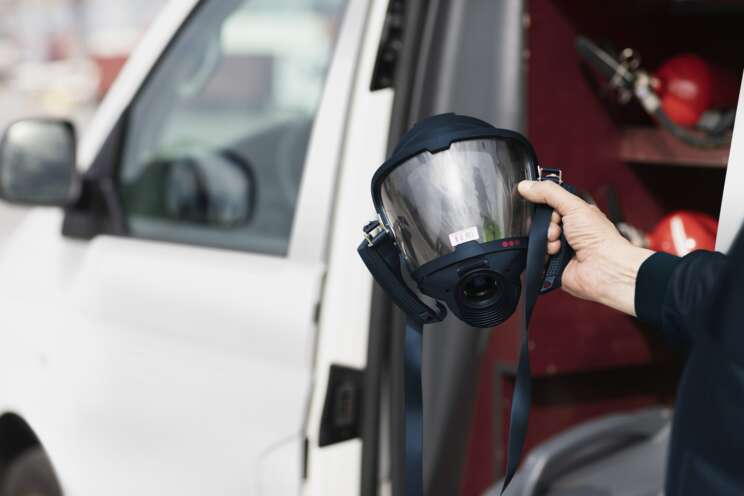Today, AI-powered cameras, motion sensors, and biometric access control work together to secure people, property, and assets. Motion detectors activate cameras in response to movement, and AI filters out false alarms – such as a stray animal or wind-blown debris – allowing security personnel to focus on real threats. Intelligent automation helps businesses strengthen security while reducing costs, ensuring that only verified incidents require human intervention.
In healthcare, sensors play a vital role in fall prevention within senior living communities and ensure precise environmental and temperature monitoring for critical vaccines and medications. In retail, sensors detect water leaks before they can cause damage and help preserve perishable products, preventing spoilage and reducing waste.
Yet, the convenience of today’s sensors didn’t happen overnight. This technology is the result of decades of innovation and testing, a journey in which Securitas has played an important role in shaping their development and reliability.
Good vibrations: The origin of the modern security sensor
As a response to the surge in bank heists during the late 1960s, Securitas employee and star inventor Björn Gysell was tasked with developing sensors that would trigger only when something truly out of the ordinary happened. A subway car passing underground, the clatter of cargo pallets in a delivery bay, or the pounding of jackhammers at a construction site all create vibrations, but those were just part of daily life. The real challenge was distinguishing between good and bad vibrations.
Working with major banks, Björn studied break-in techniques and experimented with vibration sensors, thermal detection, and resistance to diamond drills. His research culminated in the development of SS2000, a vibration detector that used spectrum analysis to distinguish between normal building vibrations and actual intrusion attempts. This innovation significantly reduced false alarms, saving banks time and resources while improving police response times.
However, the sensors of the 1960s relied on analog relay technology, which required frequent maintenance and was often too fragile for industrial-scale use. This led to the search for more robust, automated solutions that could adapt to real-world conditions.
The birth of smarter sensors
As sensors became smarter and more interconnected, the shift from basic alarm triggers to fully integrated, data-driven security systems marked a turning point – one that still shapes modern security solutions today. This evolution paved the way for real-time sensor data integration into security operations centers (SOCs), enabling remote monitoring and quicker response times.
What started as a challenge to differentiate between the normal noises of the city and actual security threats has evolved into an essential part of our daily lives. Step into any home, and you may find motion sensors turning on porch lights, temperature sensors regulating thermostats, and vibration sensors in washing machines detecting imbalances. Your smoke detector, refrigerator, and even your phone screen brightness adjuster are all powered by the same principles.
Whether it’s protecting bank vaults or making sure your home thermostat adjusts to your preferences, sensors are working tirelessly behind the scenes.
How sensors shape business operations today
Security is just one piece of the puzzle. Sensors are also reshaping how businesses operate, providing valuable insights that enhance efficiency and sustainability. For instance, security sensors designed to detect intruders can double as energy-saving tools, automatically powering off lights and optimizing climate controls in unoccupied areas. With AI-driven data analysis, businesses can track patterns, optimize resource use, and streamline operations, turning security systems into a powerful tool for smarter decision-making.
In another innovative use case, AI-powered sensors and Internet of Things (IoT) technology are enhancing wildfire prevention and prediction by integrating real-time data analysis with rapid emergency response. Solar-powered sensors detect early signs of forest fires, allowing fire brigades to intervene before they escalate. Monitored by the Securitas Operations Center, the devices analyze environmental patterns to anticipate risks and alert emergency services proactively. The technology’s versatility enables deployment across various regions, offering a scalable solution for both private and public sectors.
As sensor technology continues to evolve, their role in both protection and business intelligence will only expand, making them an even more essential part of our lives – both at work and at home.





